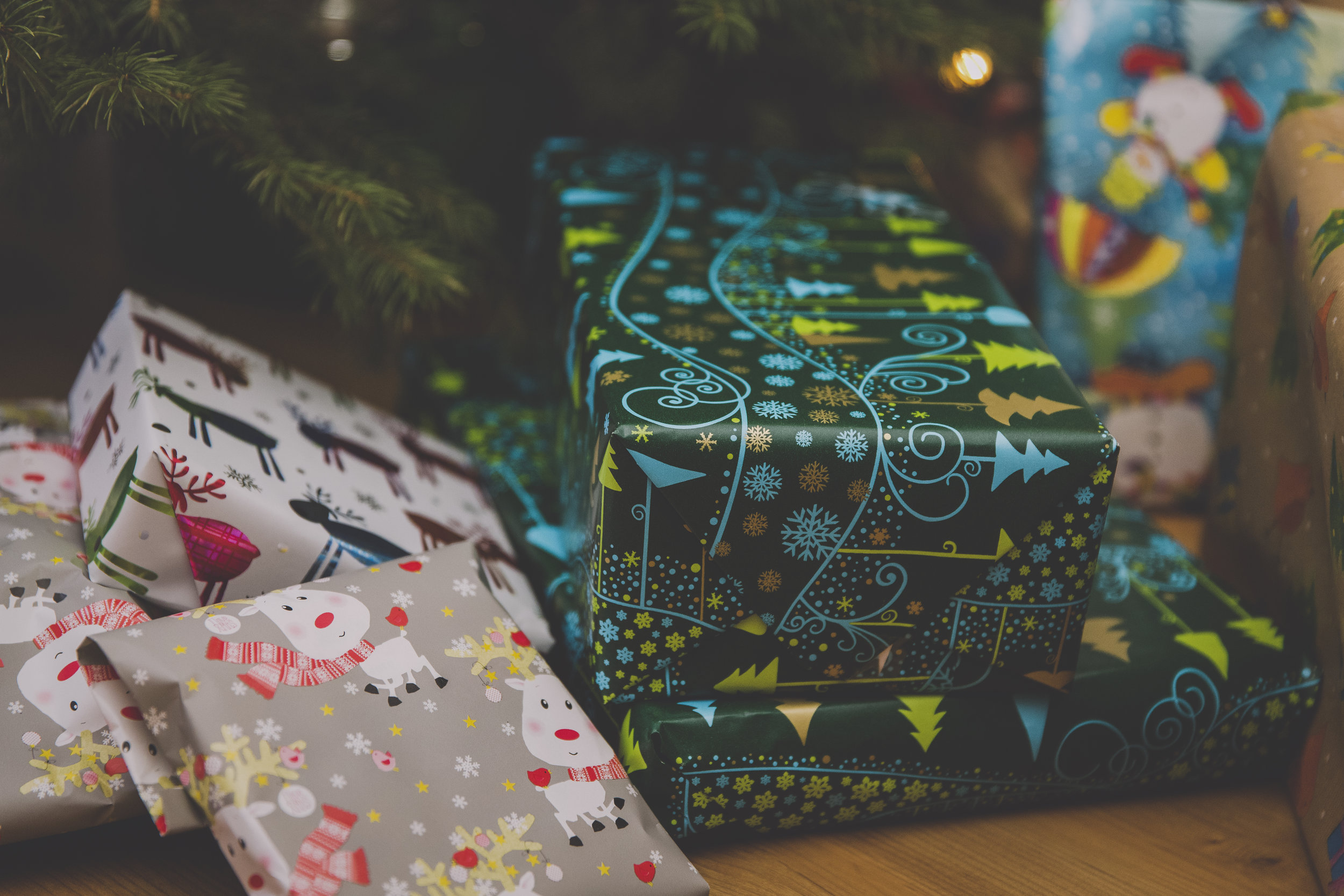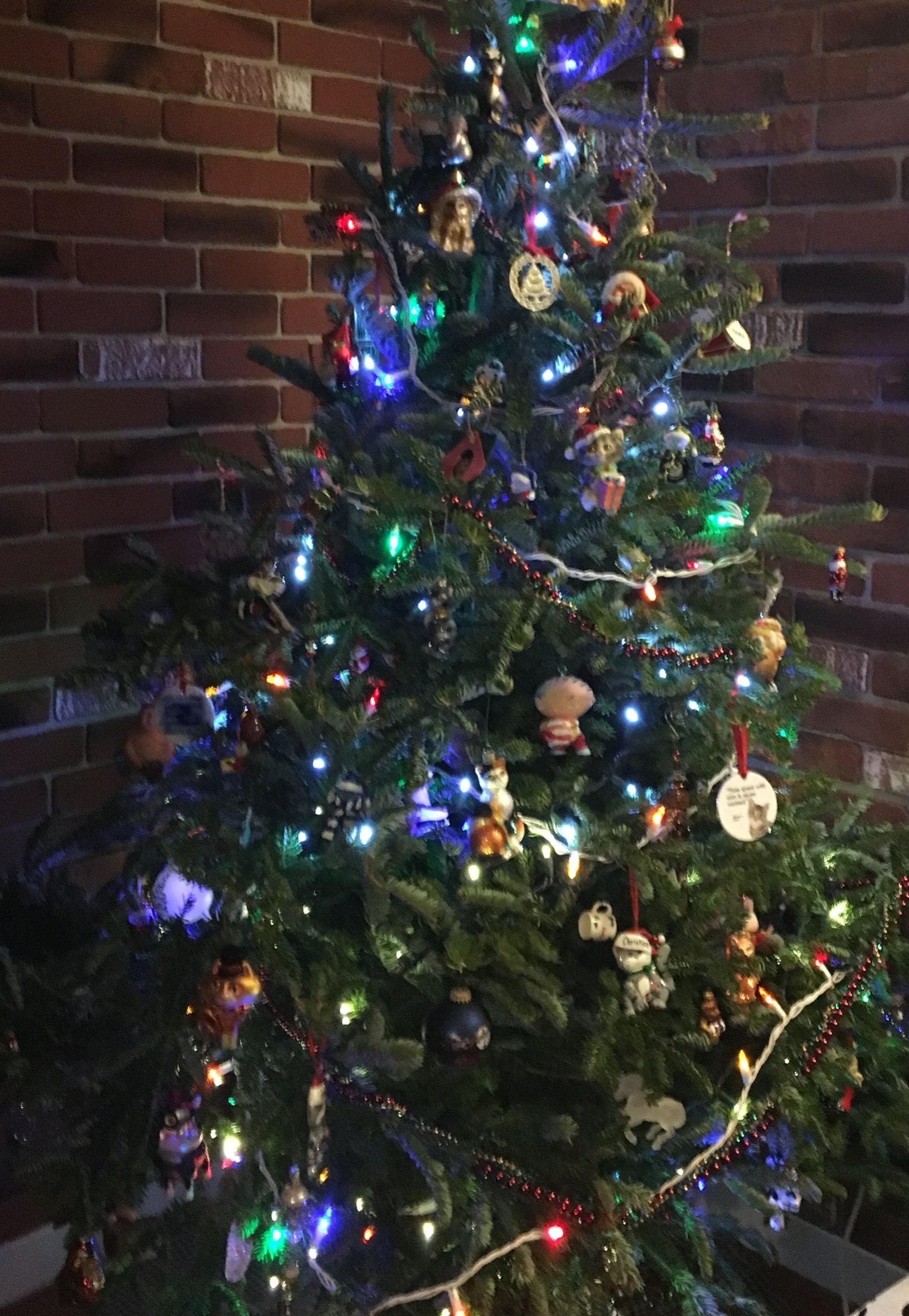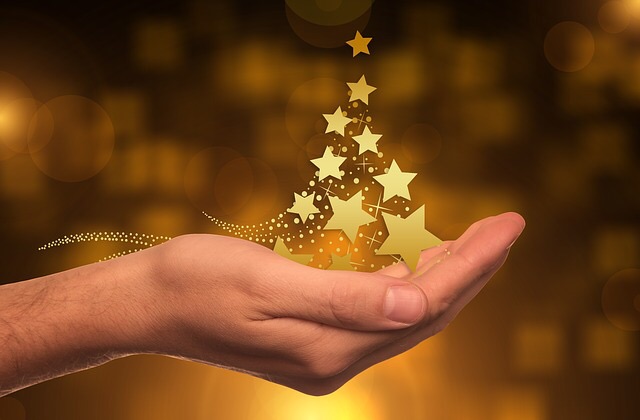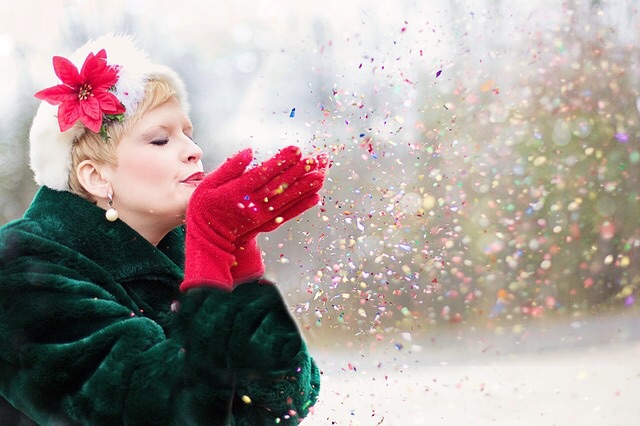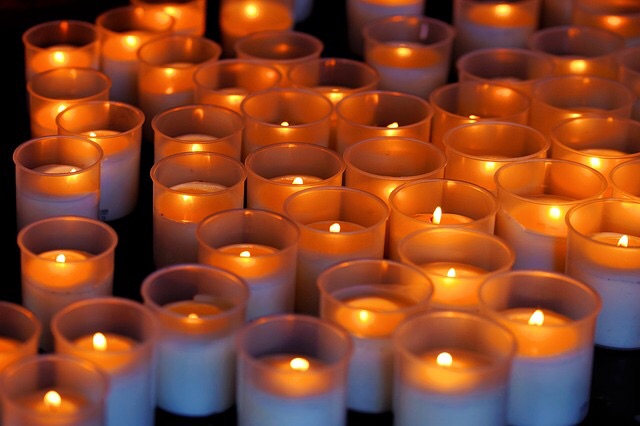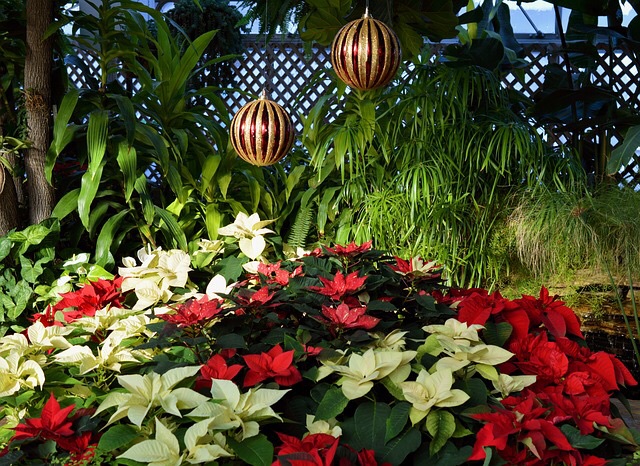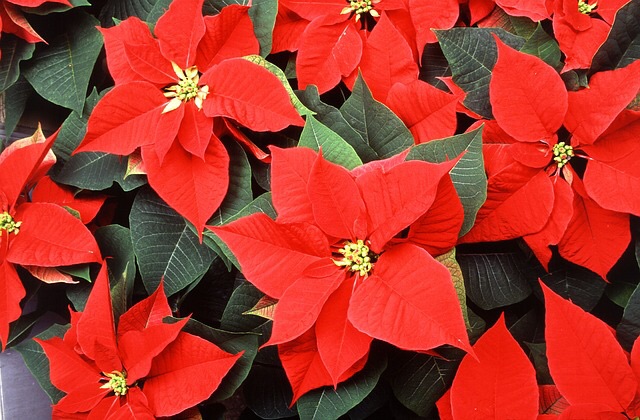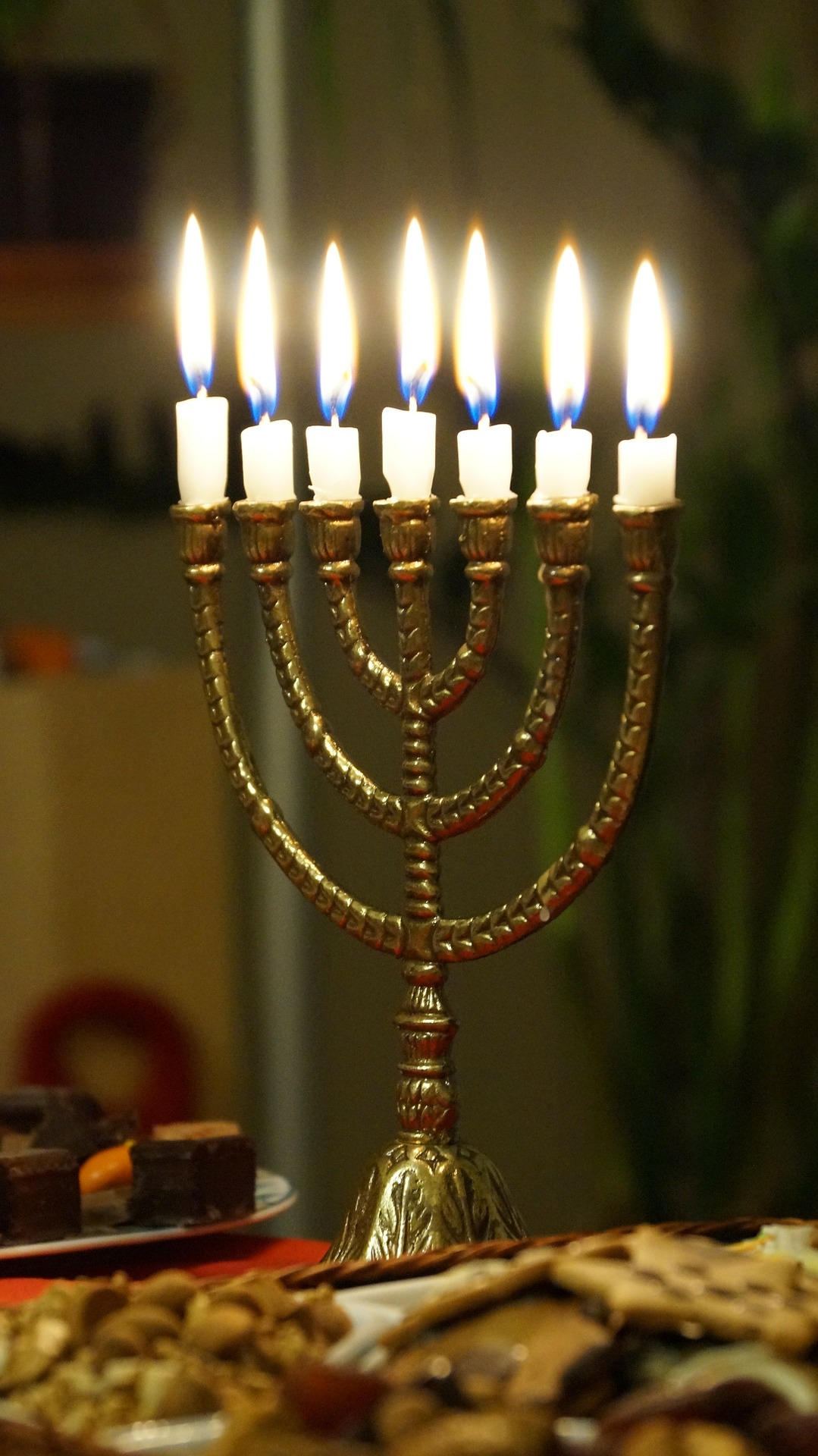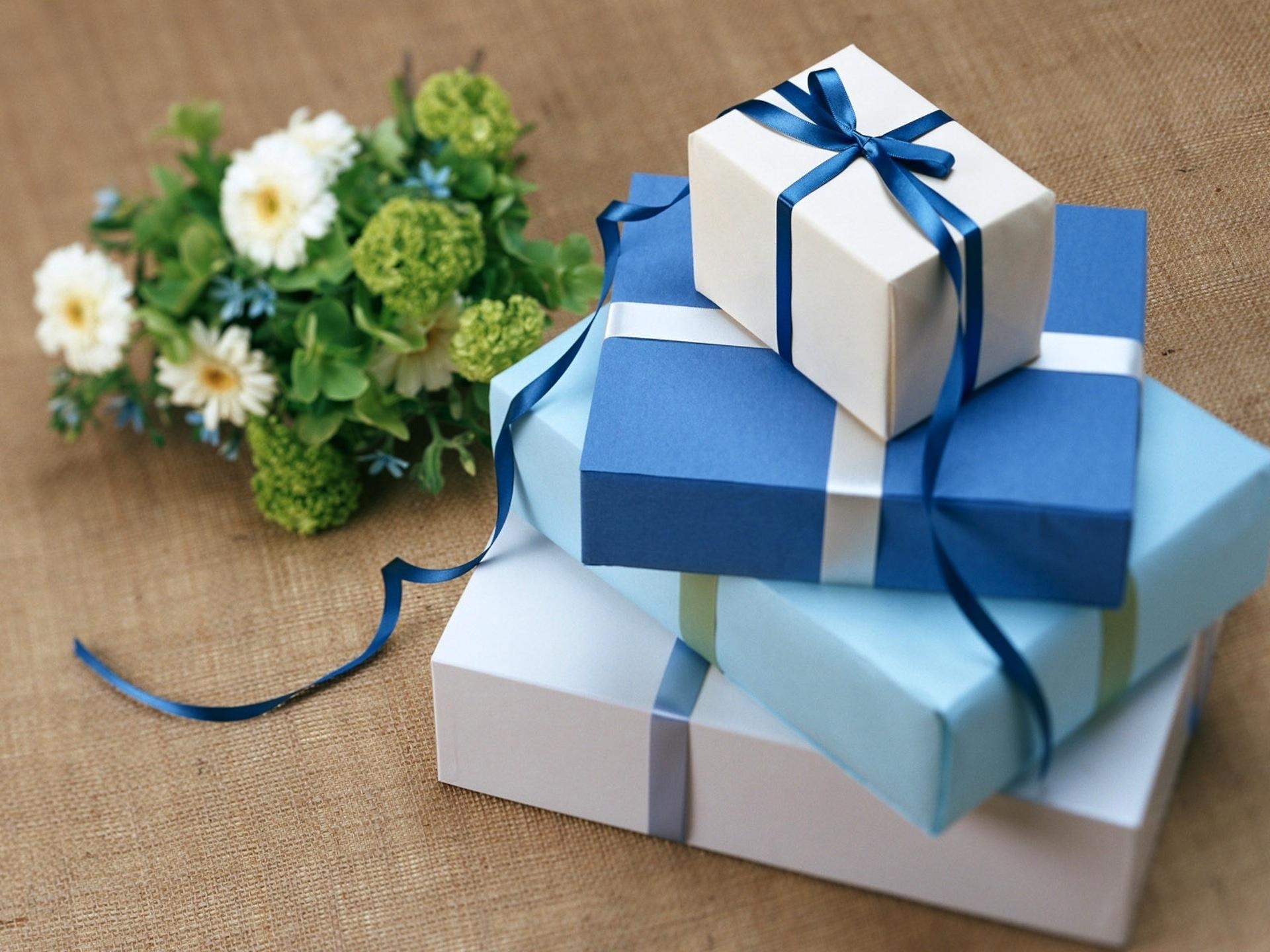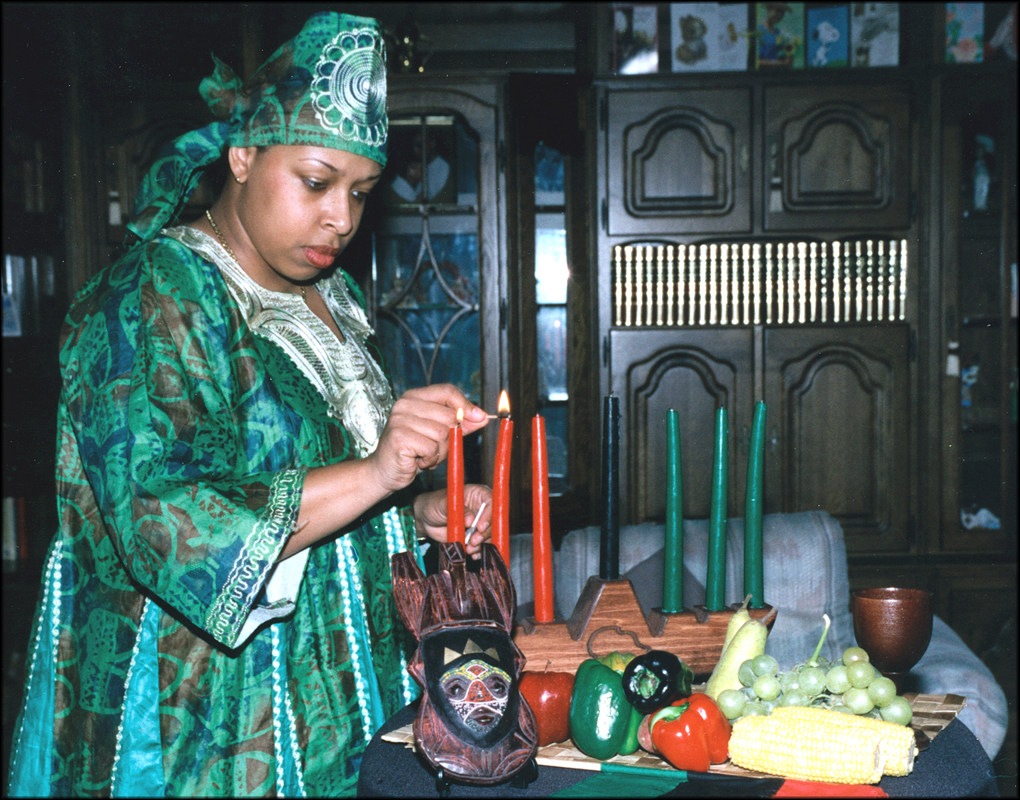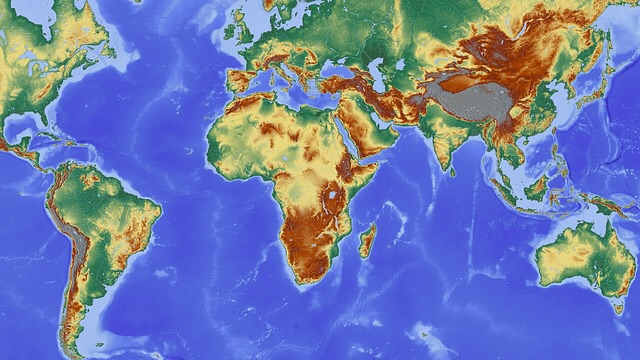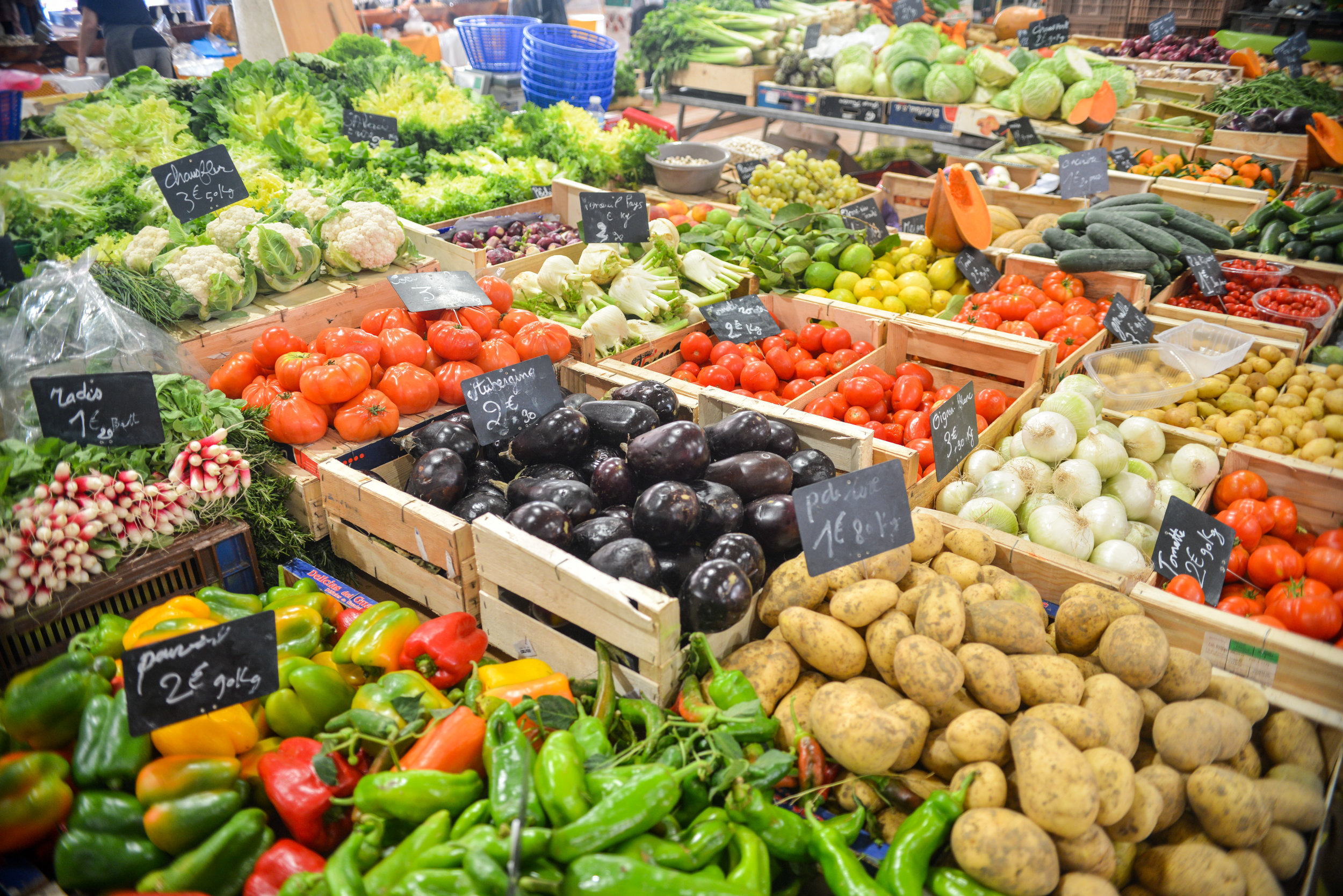My family holiday traditions include the traditional Christmas tree with both white and colored lights. I have an eclectic assortment of ornaments collected over the years ranging from fine Swedish crystal to various incarnations of photos, handprints, clothes-pin reindeer and snowflakes lovingly made by my sons.
When the boys were little, we had a collection of holiday themed books we read at bedtime starting on December first. After mass on Christmas Eve, we watched a special movie selected for the occasion, and left cookies and milk for Santa and carrot sticks for his reindeer. When I was a child, instead of milk we left a glass of Canadian Club and Coke which coincidentally was my dad’s drink of choice.
After my boys were finally asleep, we put the presents under the tree and filled the stockings. I tiptoed into their rooms to sprinkle glitter at the foot of their beds. On Christmas morning their excited voices echoed through the house as they awoke to find the magic dust which meant Santa had visited our home. It was totally worth it to spend the next year vacuuming up glitter.
We opened presents, called family, and enjoyed a brunch of special potatoes (spicy diced potatoes with onions and sausage) bacon, biscuits and orange slices. Our holiday meal was similar to Thanksgiving because they preferred turkey to ham. Thanks to my mother-in-law’s Polish heritage there was always kielbasa.
When the boys got a little older, hockey tournaments became part of our holiday traditions. December 26th was always spent on the road, and we returned home just in time for New Year’s Eve.
A personal tradition I started is to give a percentage of what I spend on Christmas gifts to charity. Some years the percentage is 10%; other years it may be as high as 25%.
Though I love my family traditions, here are some amazing traditions from around the world that I think are fun additions to the holiday season.
Books are exchanged as Christmas Eve presents in Iceland. Recipients then spend the evening in bed curled up reading their book and eating chocolates. Iceland publishes more books per capita than any other country and sells most of them between September and November as people prepare for Jolabokaflod, the Christmas Book Flood.
Also in Iceland, during the 13 days leading up to Christmas, 13 mischievous trolls known as Jolasveinar (Yule Lads) come out to play. During each night of Yuletide, children place their best shoes by the window and each night a different Yule Lad leaves gifts for the good children and rotten potatoes for the naughty ones.
In Caracas, Venezuela, on Christmas Eve, residents head to church in the early morning on roller skates. Roads are closed to cars, so people can skate to church in safety. Afterward, they head home and enjoy a traditional Christmas dinner of hot tamales.
In Colombia, Little Candles’ Day (Dia de las Velitas) starts the Christmas season. In honor of the Virgin Mary and the Immaculate Conception, candles and paper lanterns are placed in windows, balconies and front yards.
In Italy, children believe on Epiphany night, an old woman known as Befana brings gifts for them. They put their stockings by the fireplace for her to fill.
On Christmas Eve many Italian Americans enjoy the Feast of the Seven Fishes(Esta dei Sette Pesci). This celebration originated in Southern Italy and was brought to America by Italian immigrants in the 1800’s.
Yule logs made of cherry wood are often burned in homes in France on Christmas Eve. The log is carried in and sprinkled with red wine to make it smell nice as it burns. The log and candles are often left burning all night, and families leave refreshments out for Mary and the baby Jesus.
In Norway, people do something unusual on Christmas Eve, they hide their brooms. This tradition started many centuries ago when people believed witches and evil spirits came out on Christmas Eve looking for brooms to ride.
Christmas Eve church services in Ghana include drumming and dancing. After the children put on a nativity play, choirs sing in many of the 66 languages of Ghana because singing in their native languages makes the people feel that God speaks their language.
Christmas in Australia occurs during their summer, so references to cold weather in traditional carols are often replaced with lyrics about sunshine and hot weather. When Santa reaches Australia, he sheds his winter clothing for suitable summer wear and gives his reindeer time off, replacing them with kangaroos. The typical Christmas feast is a seafood barbecue at the beach.
Christians in India walk to midnight mass on Christmas Eve as a family and decorate their churches with candles and poinsettias. Their celebratory feast is a meal of different curry delicacies. They exchange presents, but instead of having a traditional fir Christmas tree, they decorate banana or mango trees. They also place oil burning lamps on their roofs to signify to their neighbors that Jesus is the light of the world.
Not all celebrations at this time of year involve Christmas.
Chanukah, known as the Festival of Lights and the Feast of Dedication is a minor Jewish holiday celebrating the successful Maccabean rebellion against the Seleucid Empire. The celebration commemorates the rededication of the Holy Temple in Jerusalem. There was only enough oil to light the lamp for one night, but miraculously the oil lasted for eight nights until more oil could be made.Chanukah is a Hebrew word meaning dedication. It is observed for eight nights and days, starting on the 25th day of Kislev according to the Hebrew calendar. It can occur at any time from late November to late December in the Gregorian calendar.
Chanukah is observed by lighting the candles of a menorah, a candelabrum with nine branches. One candle, the Shamash, is placed on a special branch above or below the others. It is used to light the other eight candles. Each night, an additional candle is lit by the Shamash. All eight candles are lit together on the final night of Chanukah. Festivities also include the reciting of special prayers, playing dreidel and eating foods fried in oil such as doughnuts and latkes. Children receive small gifts each night during Chanukah.
Kwanzaa is a week-long celebration fromDecember 26through January 1honoring African American culture. This tradition started in 1966 and has become one of the fastest growing holidays in the past 100 years. Kwanzaa means “First Fruits.” It is based on ancient African harvest festivals and celebrates family life and unity. Millions of African Americans wear special clothing and decorate their homes with fruits and vegetables. They also light a Kinara, a special candleholder.
New Year’s Eve in Ecuador- families dress up straw men which represent the old year. They write out a will for the straw man listing the faults/transgressions of each family member.
At midnight, they burn the straw man hoping to burn their faults with him.
Many people do not celebrate the holiday season. They often develop their own non-religious traditions to celebrate family and friendships.
Some information for this article was taken from the following sources:
https://www.familysearch.org/blog/en/12-unique-holiday-traditions-world/
http://www.chabad.org/holidays/chanukah/article_cdo/aid/102911/jewish/What-Is-Hanukkah.htm









